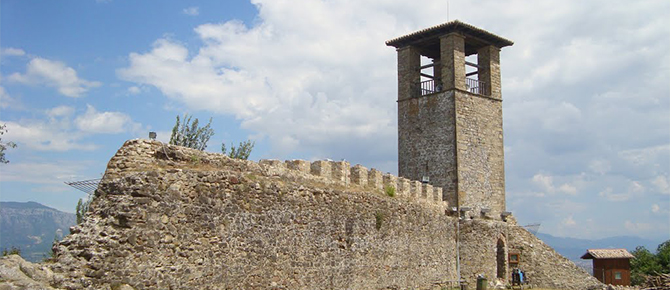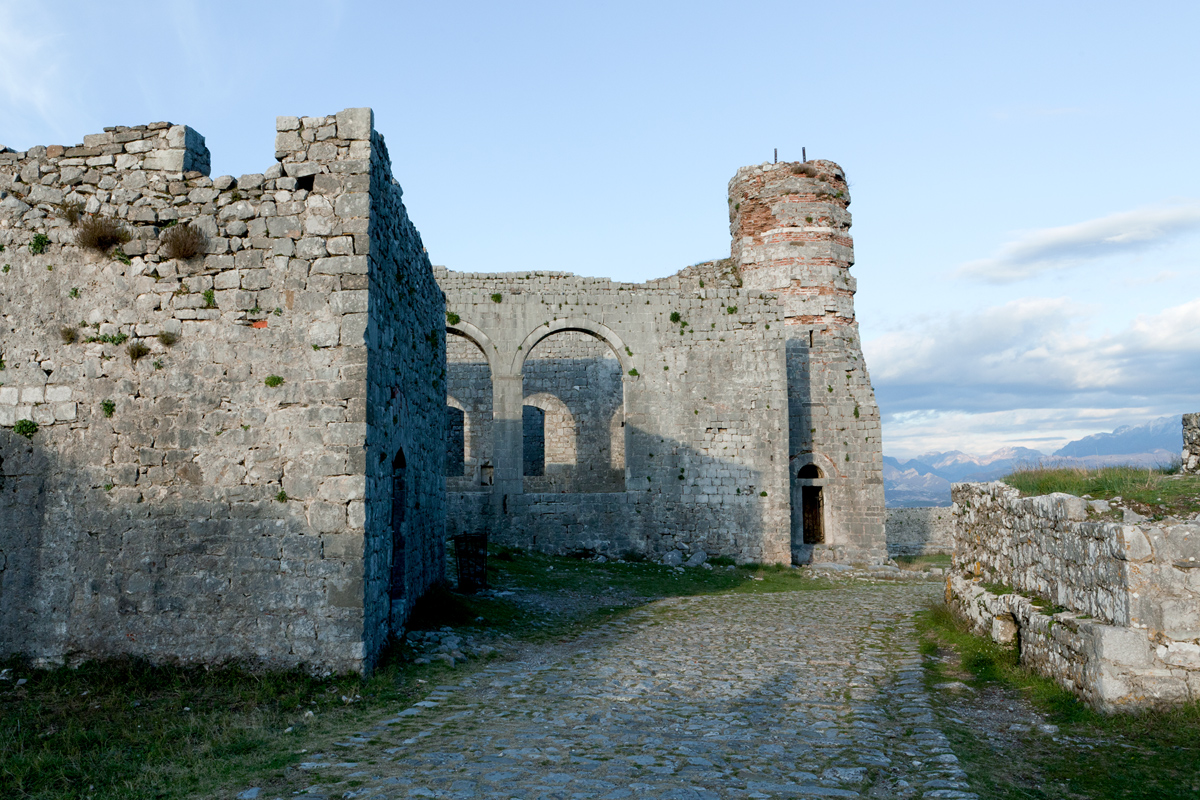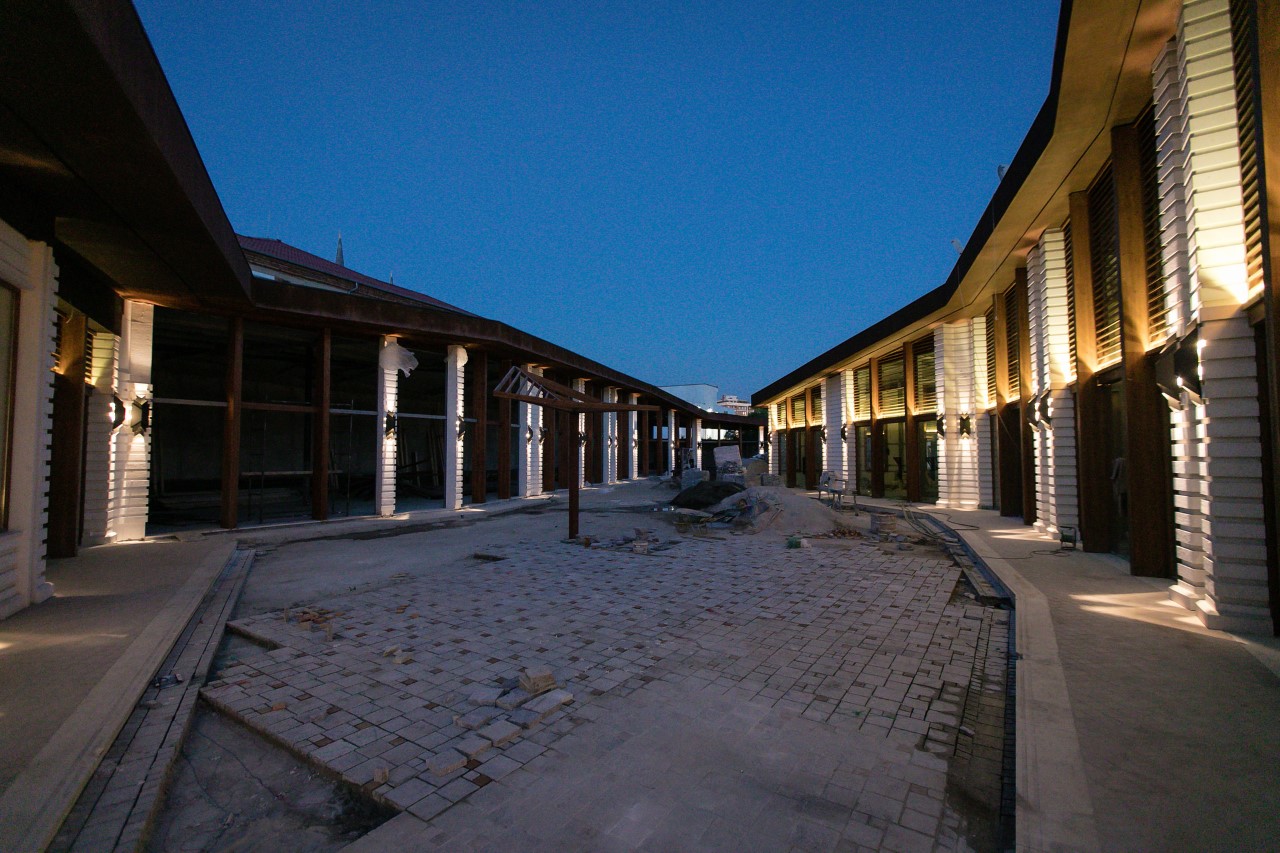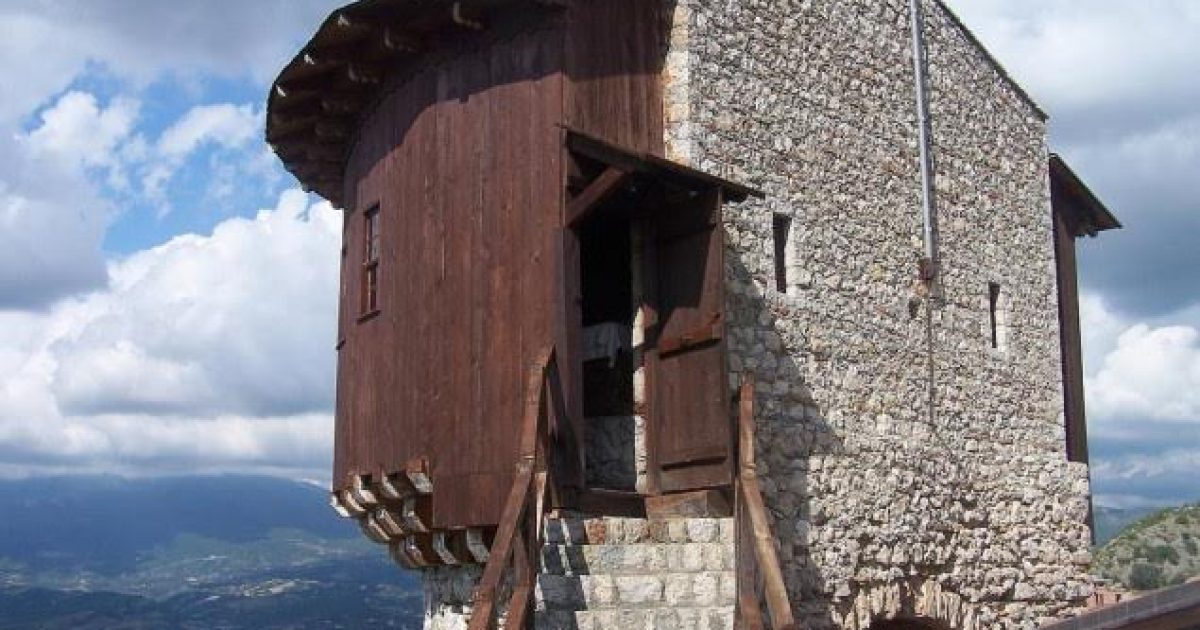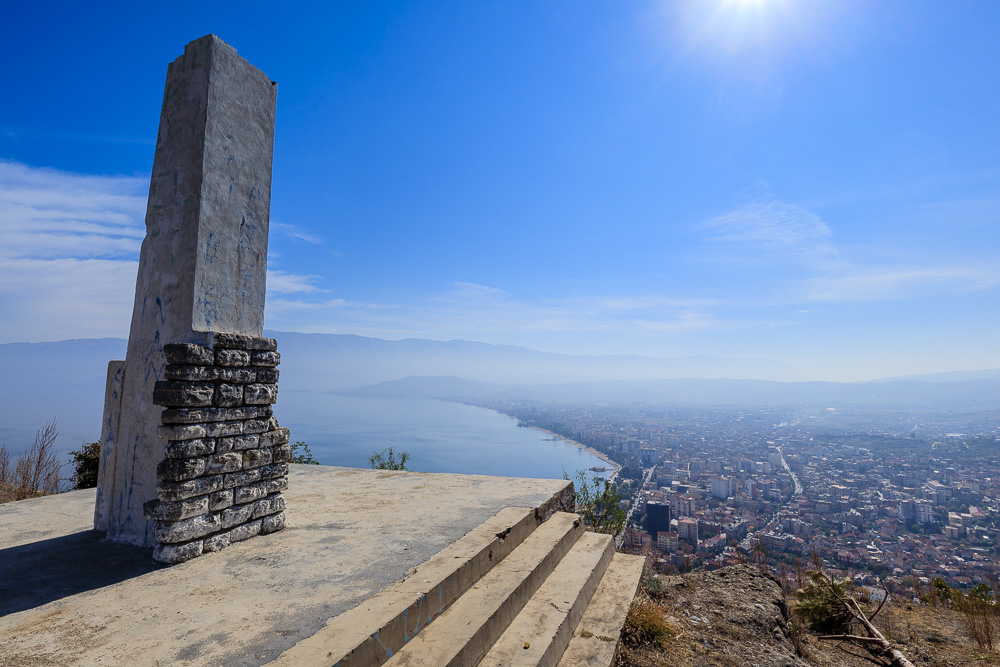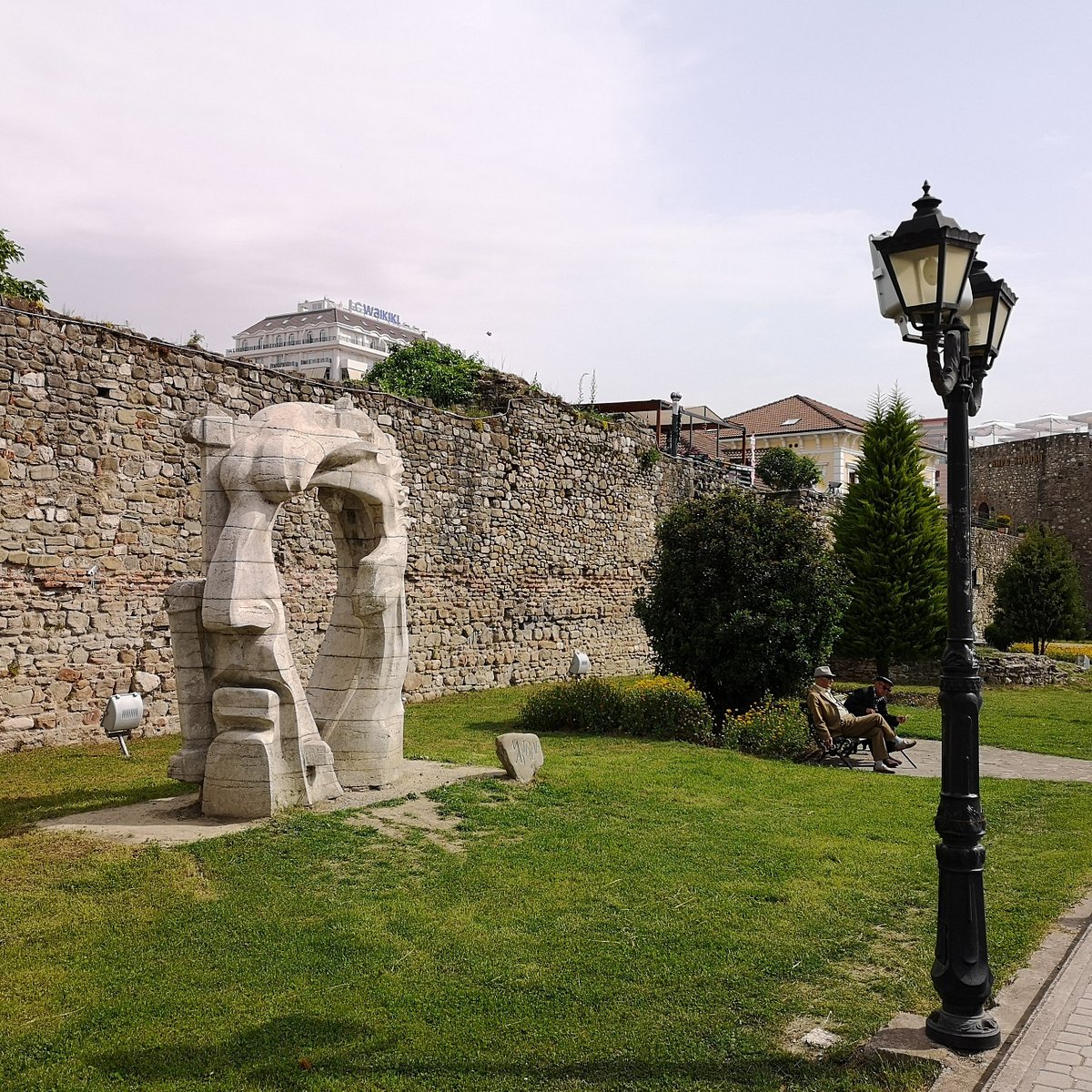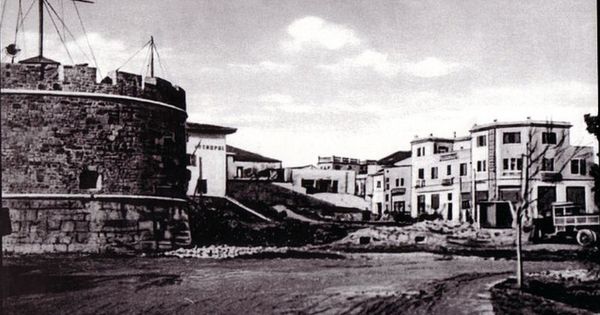Kruja Castle has an elliptical shape with a perimeter of 804 m. It occupies an area of 2.5 ha of land and is built on a rocky hill.
Based on archaeological excavations in 1978, it was determined that the hill has been inhabited since the 3rd century BC, that is, about 2400 years ago, while the castle was built in the 5th-6th centuries, which is also proven by a large cemetery of the arboreal culture found nearby.The castle has been surrounded four times. The first time in 1450 with 100,000 soldiers from Sultan Murat II, the second time in 1466, the third time in 1467.
During all these sieges, led by Skënderbeu, the Albanians triumphed, and the war ended with the withdrawal of the Turks from the Albanian territories.
After Skanderbeg's death, in the fourth siege in 1476-1478, Kruja fell, it was conquered by the Turks, and a year later Shkodra was also conquered. In the 13th-14th centuries, Kruja, and especially its castle, was used as the center of the state of Arbri. It became the main fortress of the resistance of the Albanians, against the Ottoman occupation during the period of Skenderbeu.
In front of the castle are the ruins of a former church, which was turned into a mosque during the Ottoman occupation, and in the easternmost corner of the castle there is a bell tower which was discovered in 1988.
In honor of Skanderbeg, the National Museum "Gjergj Kastrioti" is located inside the castle today. Skenderbeu was the leader of one of the brightest periods in the history of Albania, National Hero, "Ideator of the first Euro-Atlantic Alliance", "Athlete of Christ", "Protector of Venice", winner of 29 wars out of 30 fought, "King of Albanians", "Descendant of Pyrrhus of Epirus", who, upon his return to Krujë, forever marked the name of the city of Krujë with his seal.
The Pope of Rome gave a high title to Skanderbeg, which is one of the greatest honors of that time. Two sultans came to attack Skanderbeg in Albania, and both failed. 600 books have been written about him all over the world. François Francoeur, François Rebel and Vivaldi wrote operas for him. Rembrandt and Gentile Bellini painted his portrait in 1466.
In the center of the museum is the figure of Gjergj Kastriot. At the entrance is the sculptural group of Skanderbeg and his braves. There, the elements of clothing and combat equipment of the time are displayed artistically.
While in the pavilions of the museum, documents, original bibliographies, reproductions that tell the history in the 15th century are kept. The museum chronologically shows the dynamics of the life of the Albanian principalities, through ceramic, bronze, iron and copper objects, original icons, swords of the time, and even a bell from 1462
The curved frescoes on the museum's walls are inspired by Byzantine art. There are romantic portrayals from Skanderbeg's return to Kruja, to the glorification of the union of the principalities.
Kruja Castle is one of the most frequented destinations in Albania, it best reflects an important part of Albanian history, culture and traditions.

Address
Rruga Kala, Krujë, AlbaniaYou must log in to your account to comment




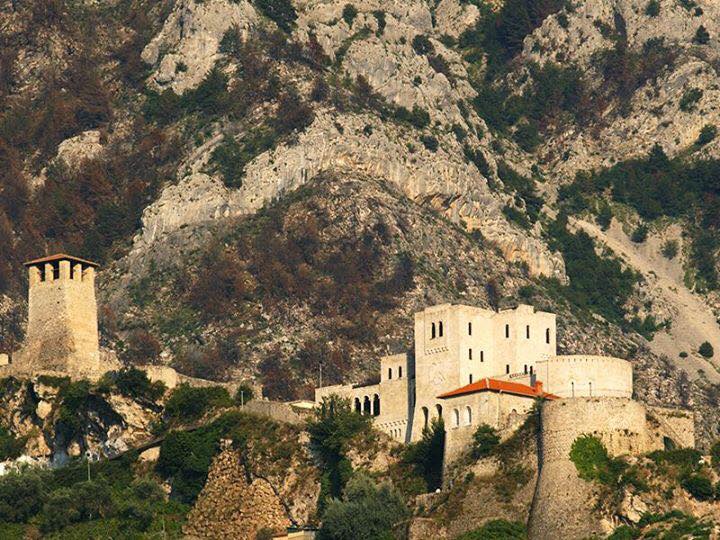

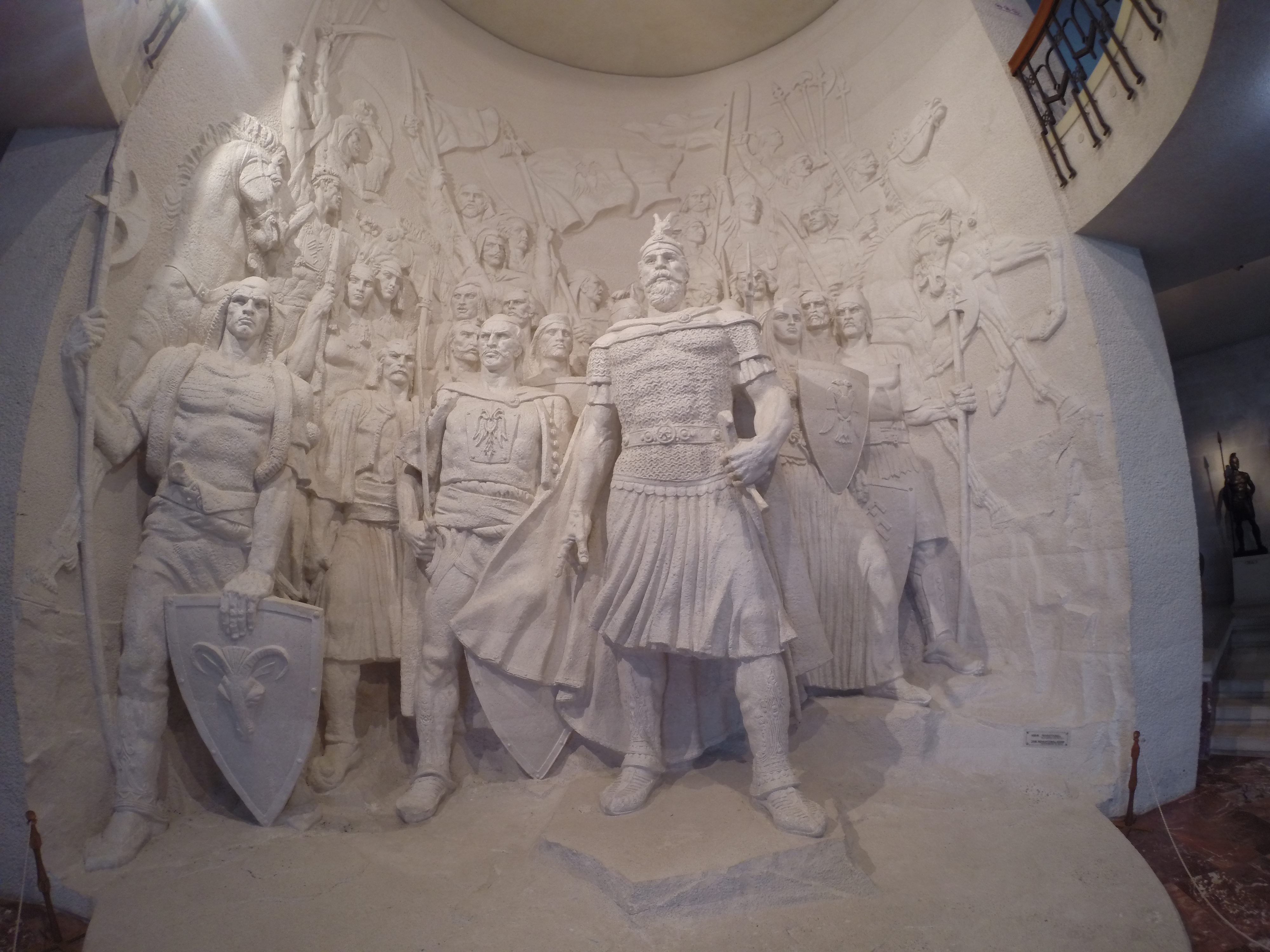
.jpg)
.jpg)
